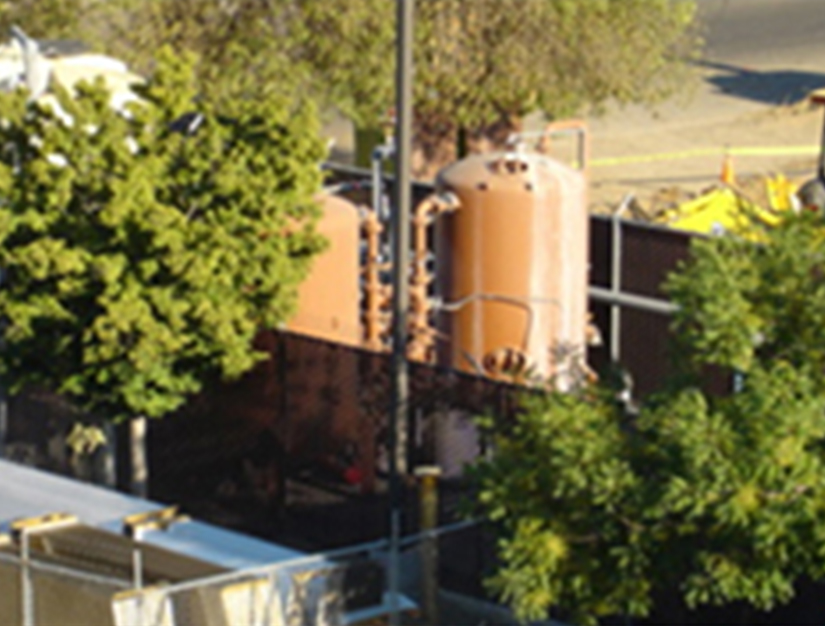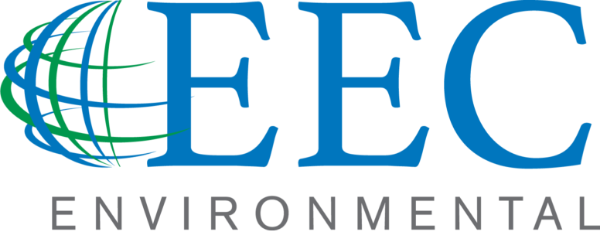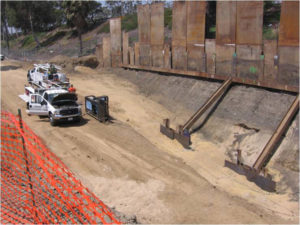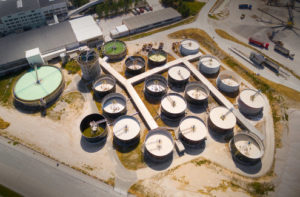As available land for construction and redevelopment in large urban environments becomes more and more scarce, the once terrifying idea of redeveloping an environmentally impacted site has now become a tremendous opportunity to make a significant return on investment. As savvy investors realize these opportunities, soil and groundwater remediation is something many developers and investors face on a daily basis. The good news is that we have entered an era when there is an ever-expanding list of options to clean these sites at greatly reduced cost and time frames than in early years of environmental industry.

Sources of Soil and Groundwater Contamination
Causes of soil and groundwater pollution are varied, and include release from landfills, industrial operations, sewage, mining, nearby sanitation systems, fuel stations, dry cleaners, and liquid waste from wastewater treatments. Groundwater may be contaminated with volatile and semi-volatile chemicals, pathogens, radioactive material, metals and organic compounds.
Soil and Groundwater Remediation Options
- Physical treatments can include excavation of impacted soil, soil stabilization, air sparging, soil vapor extraction, dual phase extraction, and pump and treat with carbon adsorption.
- Biological treatments comprise biosparging, bioventing, bioslurping, in situ anaerobic bio-augmentation and phytoremediation.
- Chemical treatments, chemical precipitation, in situ chemical oxidation, ion exchange, surfactant enhanced recovery, membrane separation and oxygen and ozone gas injections.
The treatment method should be chosen based on the contaminants specific to the site and other site-specific factors. For example, pollutants such as tetrachlorethene (better known as the dry cleaning solvent PCE or PERC), trichloroethene, benzene, ethylbenzene, poly-nuclear aromatics and vinyl chloride can be remediated through enhanced or natural aerobic and/or anaerobic degradation, carbon adsorption, insitu chemical oxidation, or in situ or exsitu thermal treatment. Other like metals and pesticides are more effectively addressed by soil removal or stabilization.
Combination of New and Old Techniques
Offering clients comprehensive site investigation, remedial feasibility expertise, and remedial design and implementation, EEC Environmental has remained on the front line of the newest remedial technologies while also utilizing time-tested techniques.
If you are faced with a situation where an environmental site assessment and/or soil and groundwater remediation for a contaminated site is necessary, or simply if you need to discuss your situation with an environmental professional, or have questions regarding any of our other services, contact us online or by telephone and an EEC team member will be happy to connect with you.



